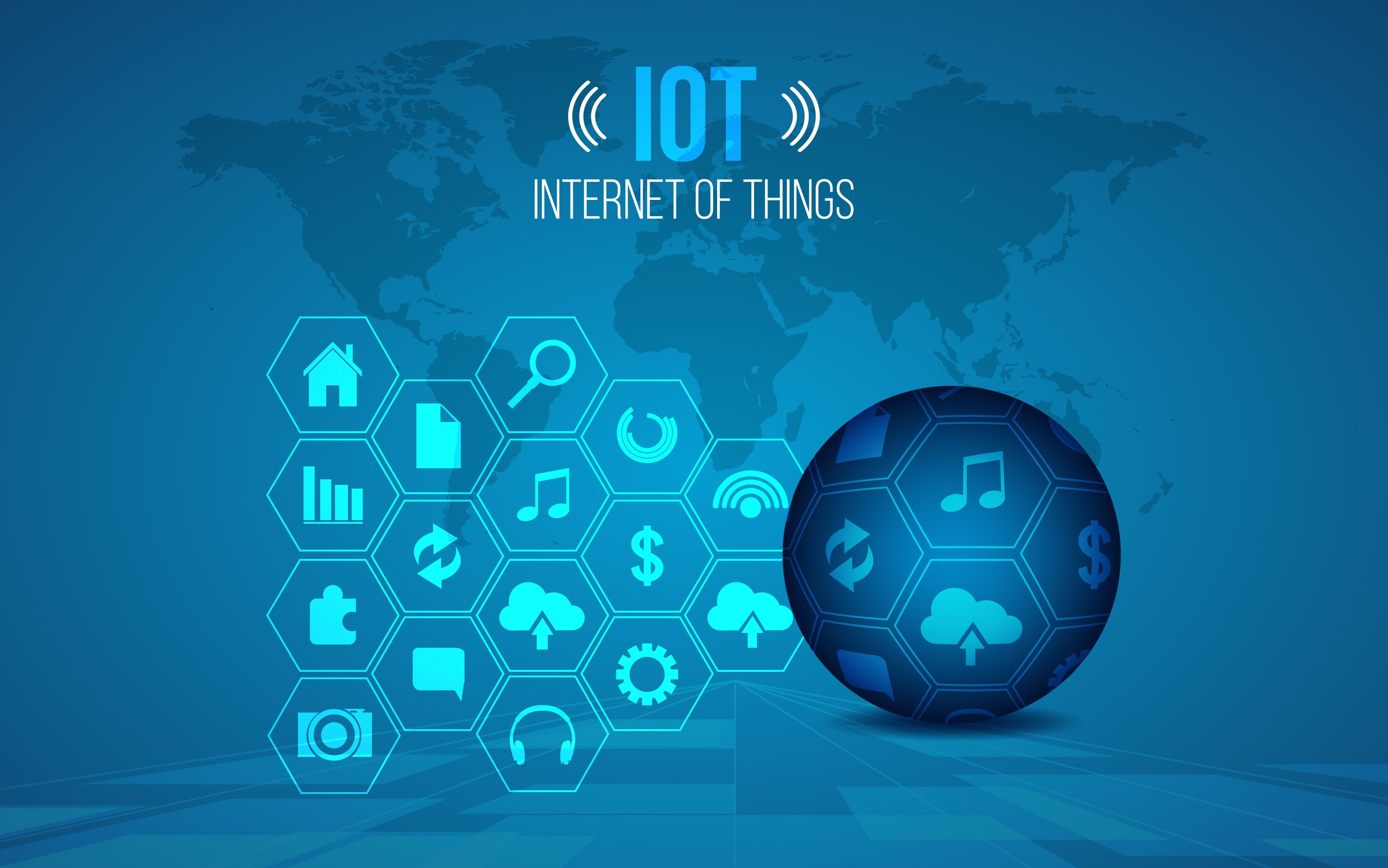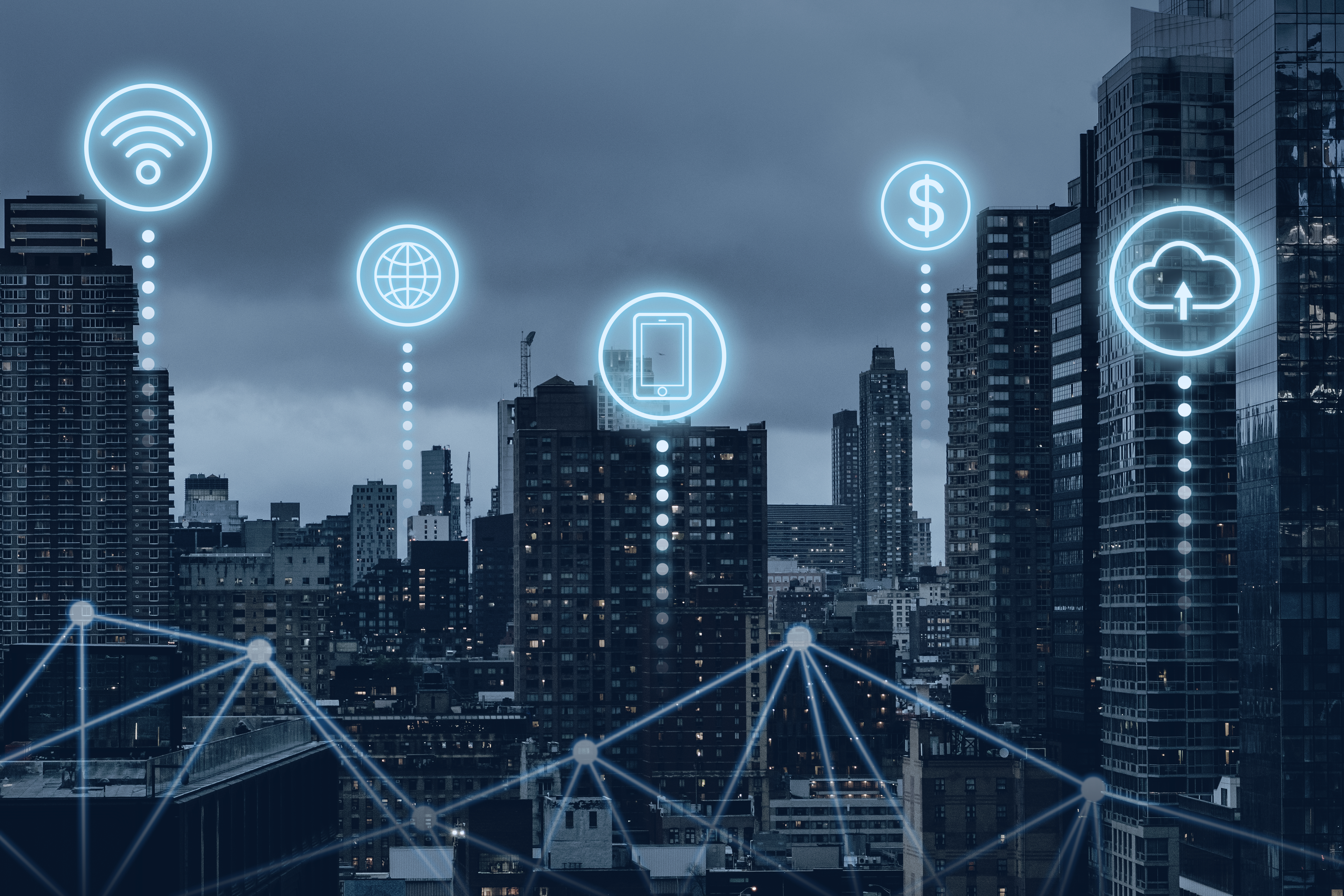IoT and OT Security: What's the Difference?
Key Takeaways:
- IoT security encompasses implementing strategies to safeguard internet-connected devices and the networks they operate within.
- OT security focuses on safeguarding operational technology (OT) systems, including SCADA and ICS, which are crucial in various sectors like manufacturing and utilities.
- OT security is vital in environments where system disruptions could have serious consequences, while IoT security focuses on protecting connected devices involved in data collection, transmission, and analysis.
- OT systems often face challenges in updating or patching, while IoT devices benefit from more flexible update mechanisms.
- RaptorEye offers comprehensive IoT and OT security solutions tailored to address the unique challenges encountered in safeguarding connected devices and operational technology systems.

What Exactly is IOT Security?
IoT security refers to the strategies implemented to safeguard internet-connected devices and the networks they operate within. These protective measures are crucial because many devices, from everyday gadgets to industrial sensors, often lack strong security features. Since IoT devices handle and transmit substantial volumes of data, they can serve as vulnerable entry points within broader network structures.
The connectivity of IoT devices increases their susceptibility to cyber threats like unauthorized access, data breaches, and denial-of-service attacks. However, we can lower these risks by using strong security measures. Effective IoT security includes encryption, strong authentication methods, and monitoring in real-time to ensure data stays safe and available.
Remaining adaptable and responsive to emerging threats is fundamental to IoT security. As the IoT world grows, so does the chance for cyber attacks. Therefore, efforts in IoT security are centered on advancing and deploying technologies that can address current challenges while remaining flexible to adapt to the constantly evolving landscape of threats and vulnerabilities.

What Exactly is OT Security?
OT security involves protecting operational technology (OT) systems, like Industrial Control Systems and Supervisory Control and Data Acquisition systems, which play vital roles in industries like manufacturing, utilities, and transportation. These systems oversee and manage industrial processes. As connectivity grows, it's essential to ensure the safety and reliability of OT assets. Strong security measures are crucial to defend against various cyber threats and weaknesses.
Implementing OT security deals with specific challenges unique to industrial settings. Unlike conventional IT systems, OT systems prioritize operational efficiency and safety. OT security is dedicated to protecting physical systems that supervise operations, ensuring they are safeguarded against unauthorized access and cyber threats while maintaining smooth operations.
The future of OT security will rely on continuously adapting to evolving threats, aiming to minimize risks while maximizing operational efficiency. This involves strategies like real-time monitoring of processes, using multiple layers of security, and following industry standards and regulations. As the integration of IT and OT deepens, OT security methods need to be resilient, adaptable, and comprehensive to protect critical infrastructure and operations effectively.
IoT’s Role in OT
The blending of the Internet of Things (IoT) with Operational Technology (OT) marks a significant change in industry. IoT enhances traditional OT systems by incorporating networking features, transforming them into intelligent units capable of collecting, transmitting, and analyzing data.
Unlike regular OT gear, IoT-connected devices boost data mobility and access, providing instant insights to enhance operations and decision-making.
In industry, IoT's impact on OT is clear in the improved performance of sensors and data collection tools. Smart sensors, with advanced data processing and communication, gather and share operational data seamlessly. This connectivity creates a unified system where data moves smoothly from operations to analysis and decision-making. Efficient data flow facilitates predictive maintenance, real-time monitoring, and other improvements that enhance performance and minimize downtimes.
The combination of IoT and OT is driving the use of edge computing in industry. With edge computing, IoT devices can analyze and process data right where they are, eliminating the need to send data to central processing centers. This not only speeds up processing but ensures that real-time data is used immediately for operational adjustments.
Understanding the Differences: IoT Security vs. OT Security
| Internet of Things (IoT) Security | Operational Technology (OT) Security |
|---|---|
| Securing connected consumer-oriented devices | Protecting industrial and critical infrastructure |
| Secures connected devices | Protects industrial infrastructure |
| Ensures the integrity and privacy of data | Maintains availability and safety of systems |
| Manages numerous devices with diverse vulnerabilities | Encounters difficulties in updating or patching |
| Takes advantage of flexible updates | Focuses on older embedded systems |
| Faces an expanding potential attack surface | Ensures the continuity and safety of operations |
The Internet of Things and Operational Technology security are closely connected yet have unique features and hurdles. OT security is all about protecting industrial and critical infrastructure, concentrating on specialized hardware and software that oversee and manage physical devices and processes. The main focus is on ensuring system availability and safety. OT security is particularly critical in environments where any system disruption or failure could result in serious consequences.
On the other hand, IoT security focuses on the many connected devices that gather, send, and analyze data. These devices, often geared towards consumers, are linked to networks and the internet, making them more vulnerable to cyber threats. Securing IoT means keeping data safe and confidential. While OT focuses mainly on keeping systems running, IoT security deals with a wide range of devices, each with its weaknesses, which makes protecting them from cyber threats more challenging.
When it comes to fixing problems and defending against attacks, OT and IoT have their differences, too. OT systems, often older and deeply integrated into vital infrastructure, can take time to update or patch. That's why changing default passwords and keeping software updated are common practices in IoT security. Even though OT and IoT are different, they’re bound to come together more and more. This shows the need for thorough security approaches that cover all the complexities of both areas.

RaptorEye’s IoT and OT Security Solutions
In today's digitally connected world, safeguarding IoT devices from vulnerabilities is essential. RaptorEye provides a complete IoT security solution that reduces risks associated with connected devices.
RaptorEye expands its features to monitor Internet of Things (IoT) environments, offering insight into these specialized areas and improving overall security. RaptorEye's IoT security solution is tailored to tackle the distinctive challenges encountered by businesses when deploying IoT devices.
RaptorEye's OT security solution is paramount in safeguarding operating technology systems from information risks. As a leading cybersecurity service provider, RaptorEye recognizes the significance of protecting critical infrastructures.
RaptorEye expands its capabilities to monitor Operational Technology (OT) environments, offering insight into these specialized domains and bolstering overall security.
Bottom Line
In conclusion, understanding the differences between IoT and OT security is essential for developing comprehensive security strategies in today's interconnected world. While IoT focuses on safeguarding connected devices and data integrity, OT ensures the availability and safety of industrial process systems. By recognizing their unique features, challenges, and priorities, organizations can effectively mitigate cyber risks and ensure the integrity, safety, and continuity of their operations in an increasingly connected environment.